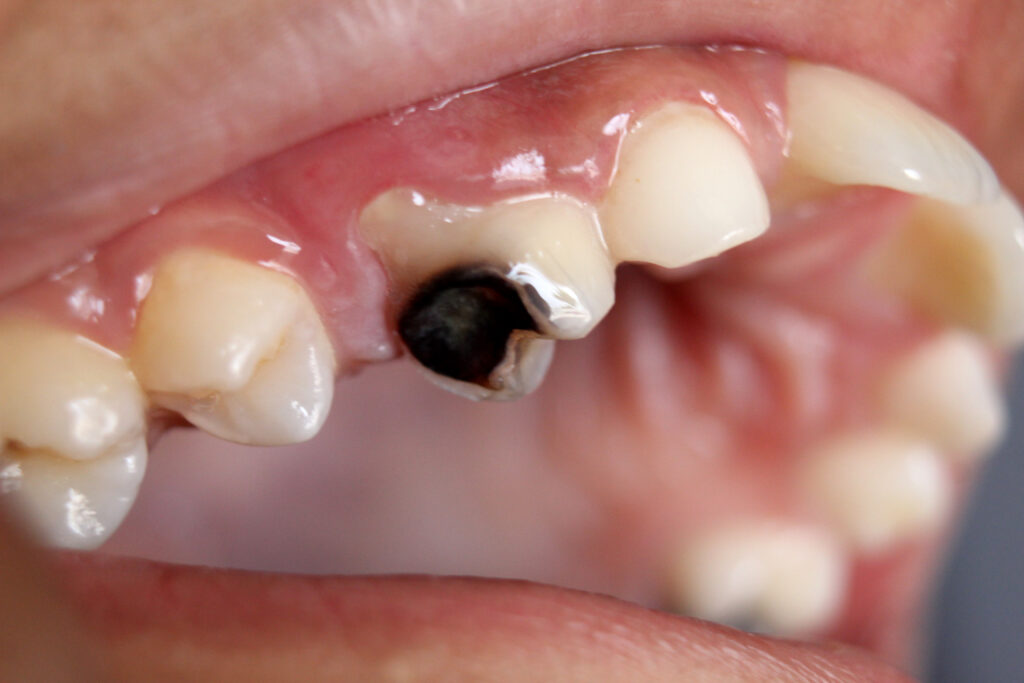
Stop Wasting Money On Dentists, Use These Simple Methods To Cure Tooth Decay At Home Comfortably
Published on September 28, 2022 at 3:20 PM by Flora Mitumba
What is the difference between dental decay and cavities?
Tooth decay results from the breakdown of the tooth’s protective enamel layer. Cavities are a kind of dental decay. Cavities arise when enamel is damaged.
Tooth decay is the process of the tooth enamel breaking down. It may happen to anybody, and it’s the cause of cavities.
Cavities are frequently produced by plaque, which includes germs that eat away at the tooth. Plaque may also cause gingivitis, which is an inflammation of the gums.
Cavities cause lasting damage to your teeth. They may be painful, and they can lead to tooth loss.
How do cavities form?
Cavities arise when dental disease tears away the strong outer coating of your teeth, called enamel.
Enamel is formed up of minerals, including calcium and phosphate. These nutrients help keep your teeth strong and healthy.
The bacteria in your mouth produce acid whenever you consume food or liquid. This acid has the potential to degrade the minerals that are found in your teeth, which, over time, might lead to cavities.
Cavities are more prone to occur in particular locations of your mouth, such as the grooves on the chewing


